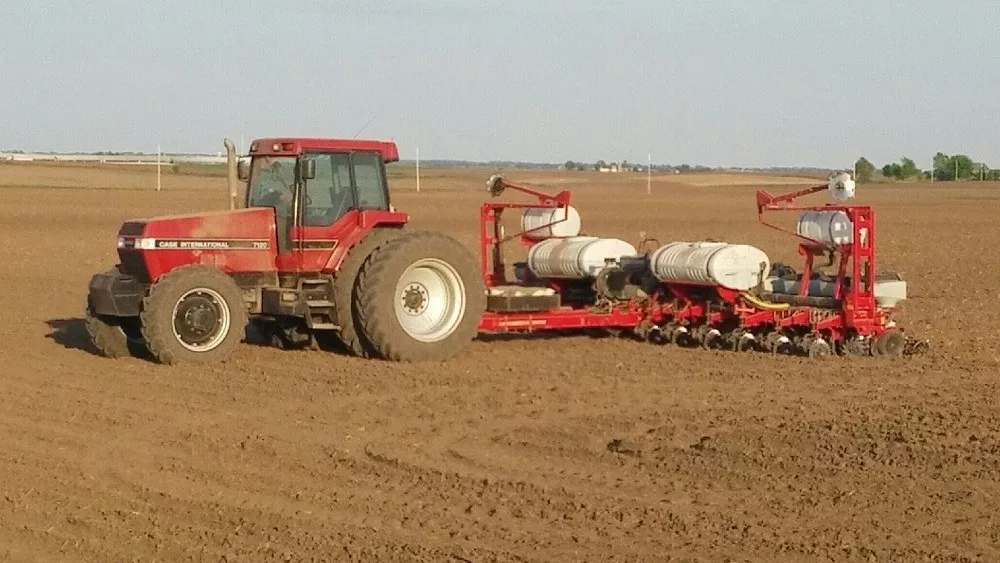There’s no shortage of words for how 2019 has been for farmers across the Midwest. Pioneer agronomist Christopher Bauer said with the wet conditions farmers planted their crop in this year, he urges caution on how yield data is used this fall when selecting 2020’s hybrids.
“When it comes to selecting corn hybrids, it really can feel more like an art than a science,” he said. “There’s many variables that need to be considered, and for that reason, it’s critically important to look at your data over as many plots as possible and not just looking at data from your farm. Make sure you’re looking at many locations.”
He says having more plot locations provides a higher confidence that product performance will be good on any given farm. Bauer said that’s especially important when it comes to environmental conditions at those locations.
“Small yield differences are likely due to environmental variability versus genetic differences in yield potential,” said Bauer. “You want to select hybrids that are pretty versatile across many different locations in different environments.”
When it comes to using yield monitor data for your plots, Bauer said there are better ways to measure hybrids, just in case your yield monitor isn’t calibrated.
“When we’re doing plots, weighing it in a weigh wagon or weighing it on your scale on your grain cart is really the best way to test hybrids against each other,” he said. “Yield monitor data is good, but we want to make sure they’re calibrated.”
For more information, contact your local Pioneer agronomist.





